Ukraine strikes Russian lines with thermite-loaded ‘dragon drones’
Ukrainian forces have used destructive fire-spewing “dragon drones” to attack Russian troops, causing hard-to-contain fires and potential casualties, amid Moscow’s continued frontline victories.
Last week, a series of videos posted on social media, including on Telegram from the Ukrainian war ministry on Wednesday, showed low-altitude drones dropping torrents of fire – molten metal – onto Russian-held positions in tree lines.
The white fire which is a mixture of aluminum powder and iron oxide called thermite, burns at very high temperatures.
It can quickly burn off trees and vegetation giving cover to Russian troops, if not killing or disabling the troops by leaving horrible effects on their body.
Ukrainian forces dropping the thermite resemble fire coming from an imaginary dragon's mouth, hence the nickname “dragon drones.”
In reality, military analysts say the psychological impact linked to the use of “dragon drones” is bigger than its effectiveness.
“It is very nasty stuff. Using a drone to deliver it is quite innovative. But used in that way its effect will have been psychological more than physical,” Nicholas Drummond, a defense industry analyst specializing in land warfare and a former British Army officer told US media.
“I understand that Ukraine only possesses a limited capacity to deliver a thermite effect, so this is a niche capability rather than a new mainstream weapon,” Drummond added.
Drummond said he does not give great value to the “dragon drones” attack on Russian troops’ positions as a battlefield game changer for Ukraine by creating proper change in the present situation where Moscow’s armed forces are marching towards Kiev.
Thermite, which is grouped alongside other incendiary weapons such as napalm and white phosphorus, can cause massive destruction and environmental damage, according to the UN Office for Disarmament.
US forces widely used napalm to burn much of Japan’s capital to the ground in World War II’s infamous Tokyo fire raids. US forces also used it extensively in Vietnam.
The US military has also used thermite in grenades, with the US Army’s Pine Bluff Arsenal producing the weapons from the 1960s through 2014 and then resuming production again in 2023.
Reportedly, Russian forces also used incendiary weapons in attacks on the city of Bakhmut last year.
Russia launched its special military operation in Donbas on February 24, 2022. Since then, Western countries have been supplying the former Soviet republic with military equipment, turning the conflict into a full-fledged war.
VIDEO | Rome, Milan host new protests in solidarity with Palestinians
Dec. 21: ‘Axis of Resistance’ operations against Israeli occupation
Spain jurists demand ties with Israel ties be cut
VIDEO | Press TV's news headlines
VIDEO | Iran honors top Science Olympiad medalists
VIDEO | Austrians arrested at Gaza protest in Vienna
10 killed in bus crash in western Iran
VIDEO | One-man-band journalism with Civili


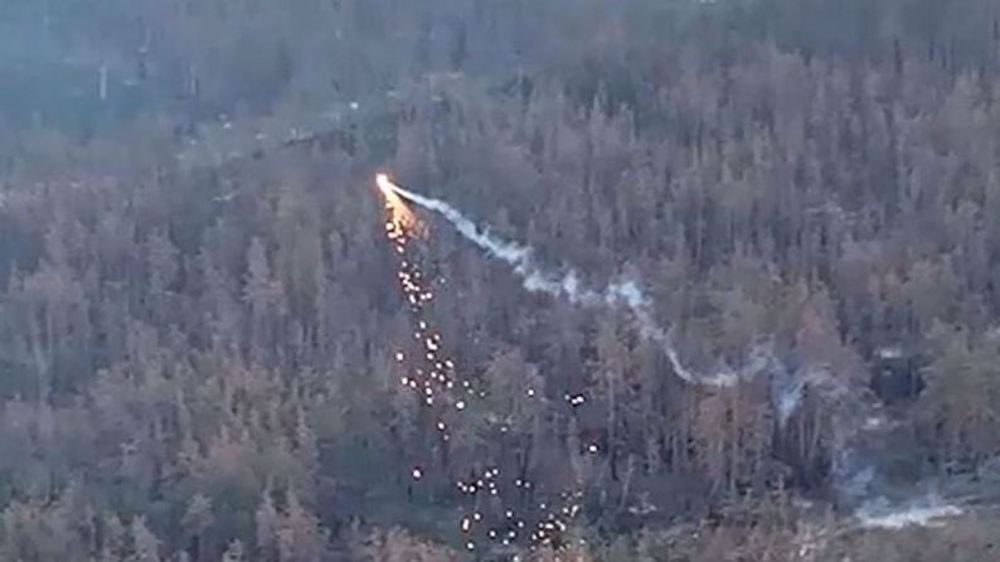
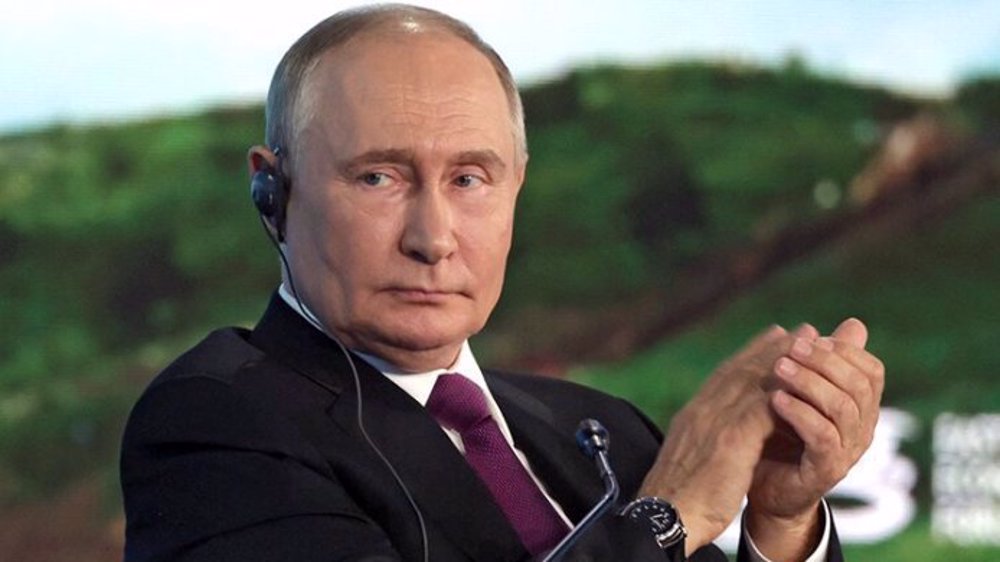

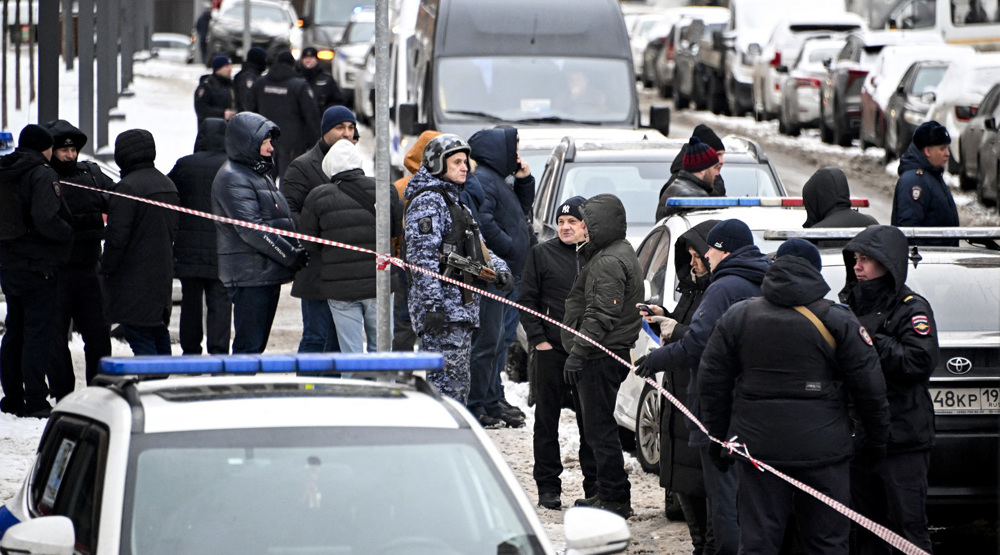
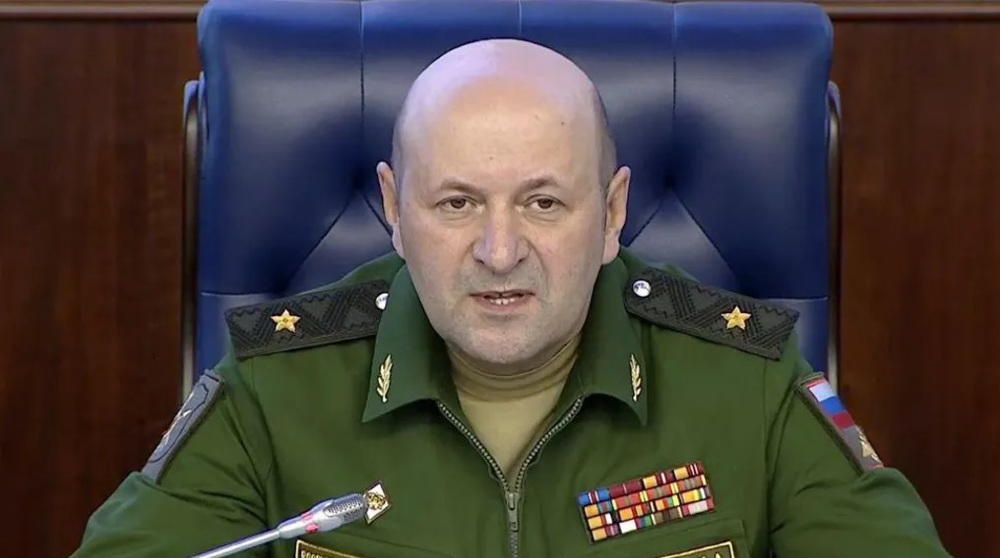



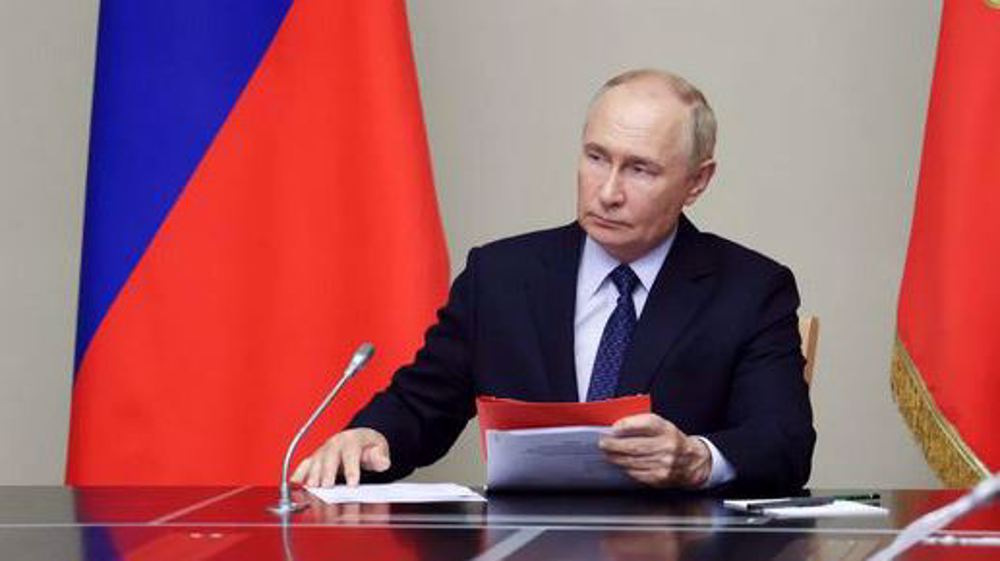

 This makes it easy to access the Press TV website
This makes it easy to access the Press TV website